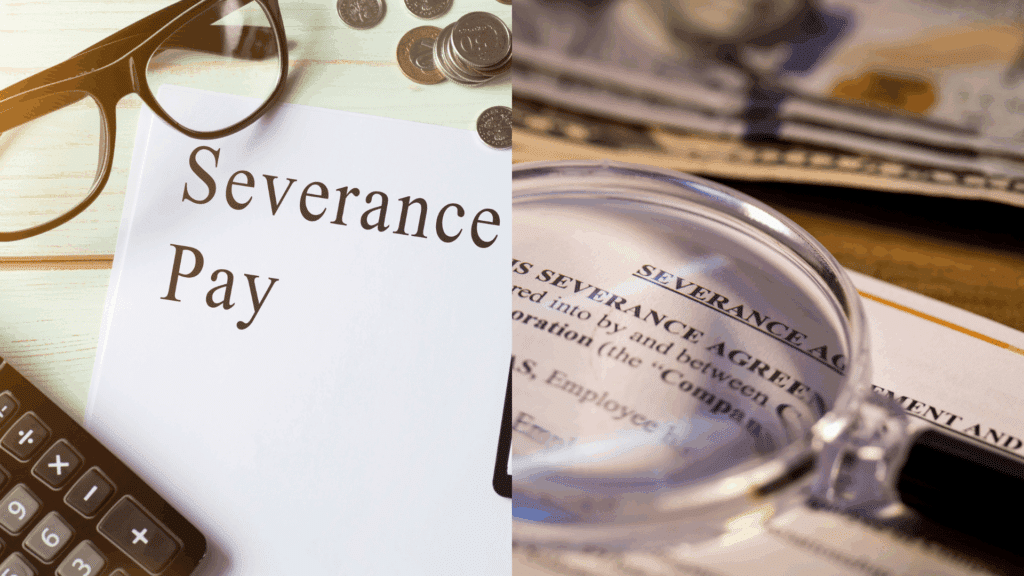Losing your job can be devastating. But what happens when you believe your termination was illegal?
Many employees don’t realize they have legal rights when fired unfairly.
Understanding how to sue for wrongful termination could be the difference between accepting an unjust dismissal and getting the compensation you deserve.
Not every firing is wrongful termination.
But if you were dismissed due to discrimination, retaliation, or contract violations, you may have grounds for legal action.
In this blog, I have covered the legal grounds for wrongful termination lawsuits, the criteria you must meet, and the steps to take.
Defining Wrongful Termination
Wrongful termination occurs when an employer fires an employee for illegal reasons.
This means breaking federal or state employment laws.
Most employees work “at-will,” meaning employers can fire them for any legal reason.
But certain firings violate the law and create grounds to understand how to sue for wrongful termination.
The key difference lies in the reason for termination.
Illegal reasons include firing someone because of their race, gender, age, or for reporting workplace violations.
Legal Grounds for Suing for Wrongful Termination
Several legal grounds can support a wrongful termination lawsuit, and there are ways to sue for wrongful termination successfully.
1. Discrimination
Discrimination occurs when employers fire workers based on protected characteristics.
Federal law protects employees from termination due to race, gender, age (40+), religion, or disability.
If your employer made comments about your protected status before firing you, this strengthens your discrimination claim.
2. Retaliation
Retaliation happens when employers punish employees for exercising legal rights.
This includes firing workers who file discrimination complaints, report safety violations, or take protected leave.
The timing between your protected activity and termination often proves retaliation.
3. Breach of Contract
Contract violations occur when employers break employment agreements.
This includes firing employees with written contracts early, violating handbook policies, or breaking verbal job security promises.
Even at-will employees may have contract protections through company handbooks.
4. Violation of Public Policy
An employer cannot fire someone for reasons that contradict public policy, such as refusing to commit illegal acts or reporting wrongdoing.
This protection ensures that employees can act ethically without fear of job loss.
Terminations linked to civic duties like jury service or whistleblowing fall under this category.
5. Whistleblower Protection Violations
Employees who expose illegal practices, fraud, or public safety violations are protected under whistleblower laws.
Firing such employees can lead to both civil penalties and reinstatement orders.
The strength of a claim often depends on documentation of the report and proof that the termination followed it.
6. Defamation
Defamation involves false or damaging statements made by an employer that harm the former employee’s professional reputation.
It can occur during reference checks or internal communications.
If proven, defamation can result in additional compensation beyond wrongful termination damages.
7. Constructive Discharge
Constructive discharge applies when working conditions become so intolerable that an employee feels forced to resign.
The law treats this as a termination if the employer intentionally created or ignored the hostile environment.
This may include sustained harassment, pay cuts, or unsafe work conditions.
Read about: Why Safety Is Important in the Workplace?
8. Violation of the Implied Covenant of Good Faith
Some states recognize that employers must act in good faith toward employees.
Firing someone to avoid paying earned wages, bonuses, or retirement benefits breaches this duty.
These claims often rely on patterns of unfair treatment or financial motives behind the dismissal.
9. Violation of Leave Protection Laws
Federal and state leave laws, such as the Family and Medical Leave Act (FMLA), protect employees who need medical or family-related absences.
Terminating a worker for taking approved or protected leave can lead to serious legal consequences.
Employers must provide documentation and a valid reason unrelated to the leave to justify termination.
Criteria You Must Meet to File a Lawsuit Against Termination
Before filing a wrongful termination lawsuit, you must meet specific legal requirements.
These criteria show whether your case has a chance of success in court.
| Criteria | Requirements | Key Points |
|---|---|---|
| Employee Status | Must be a regular employee | At-will workers can still file claims |
| Evidence | Gather written proof | Emails, reviews, witness statements |
| Time Limits | File within deadlines | 180 days to 6 years by claim type |
| Legal Connection | Show the illegal firing reason | Link termination to law violation |
Steps To Take Before Suing for Wrongful Termination
Taking the right steps before filing a lawsuit can strengthen your case and may lead to a faster resolution.
Step 1: Consulting a Lawyer
- Contact an employment lawyer immediately after termination. You can refer to this official list of Attorneys in the USA.
- Most wrongful termination lawyers work on contingency fees
- Get a free consultation to evaluate your case strength
- Lawyers understand complex employment laws and deadlines
Step 2: Filing a Complaint with the EEOC
- File with the Equal Employment Opportunity Commission for discrimination claims
- EEOC filing is required before federal court lawsuits
- You receive a “right to sue” letter after an EEOC investigation
- State agencies may also handle employment discrimination complaints
How to File a Lawsuit for Wrongful Termination?

Choose the appropriate court jurisdiction: Where your employer operates or where the termination happened.
Federal courts handle discrimination cases while state courts typically address contract disputes and other employment violations.
Suing for wrongful termination involves knowing both financial costs and court procedures.
Prepare for a lengthy process: It can take months or years to resolve.
Most employers have experienced legal teams and substantial resources to fight wrongful termination claims.
Success depends on having clear evidence, meeting all deadlines, and demonstrating that your employer violated specific employment laws rather than exercising normal business judgment.
Time Limits for Wrongful Termination Claims
Time limits for wrongful termination lawsuits vary depending on the type of claim and your location.
Missing these deadlines can permanently prevent you from filing a lawsuit, making it crucial to act within the required timeframes.
1. Federal Discrimination Claims: File EEOC complaints within 180 to 300 days, depending on your state’s laws.
States with their own anti-discrimination agencies typically allow 300 days for filing.
2. State Wrongful Termination Claims: State law deadlines range from one to six years for wrongful termination lawsuits.
Most states require filing within two to three years of your termination date.
Some states have shorter deadlines for specific claims like wage violations or contract disputes.
Conclusion
Now that you know how to sue for wrongful termination, you need to know your legal rights and the proper steps to take.
If your termination involved discrimination, retaliation, or contract violations, you have options for seeking justice.
Before rushing to court, consider alternatives like negotiation, mediation, or arbitration.
These approaches often resolve disputes faster and cost less than formal litigation.
But consulting with an employment lawyer remains the best first step to evaluate your case strength.
Have you experienced wrongful termination? Contact an employment attorney today to discuss your legal options and protect your rights before deadlines expire.
Frequently Asked Questions
Will I Get Paid After Being Terminated?
Yes. You are generally entitled to receive your earned wages, including unused vacation or PTO, if your state requires it.
Which States Require Final Pay at Termination?
States like California, Texas, Florida, New York, and Illinois have laws requiring employers to pay final wages promptly; timing rules vary by state.
What Is Dismissal Pay?
Dismissal pay is the final paycheck you receive after being terminated, which may include wages, accrued vacation, and other owed benefits.










